Home>Furniture>Living Room Furniture>What Can I Use Instead Of A TV Stand?
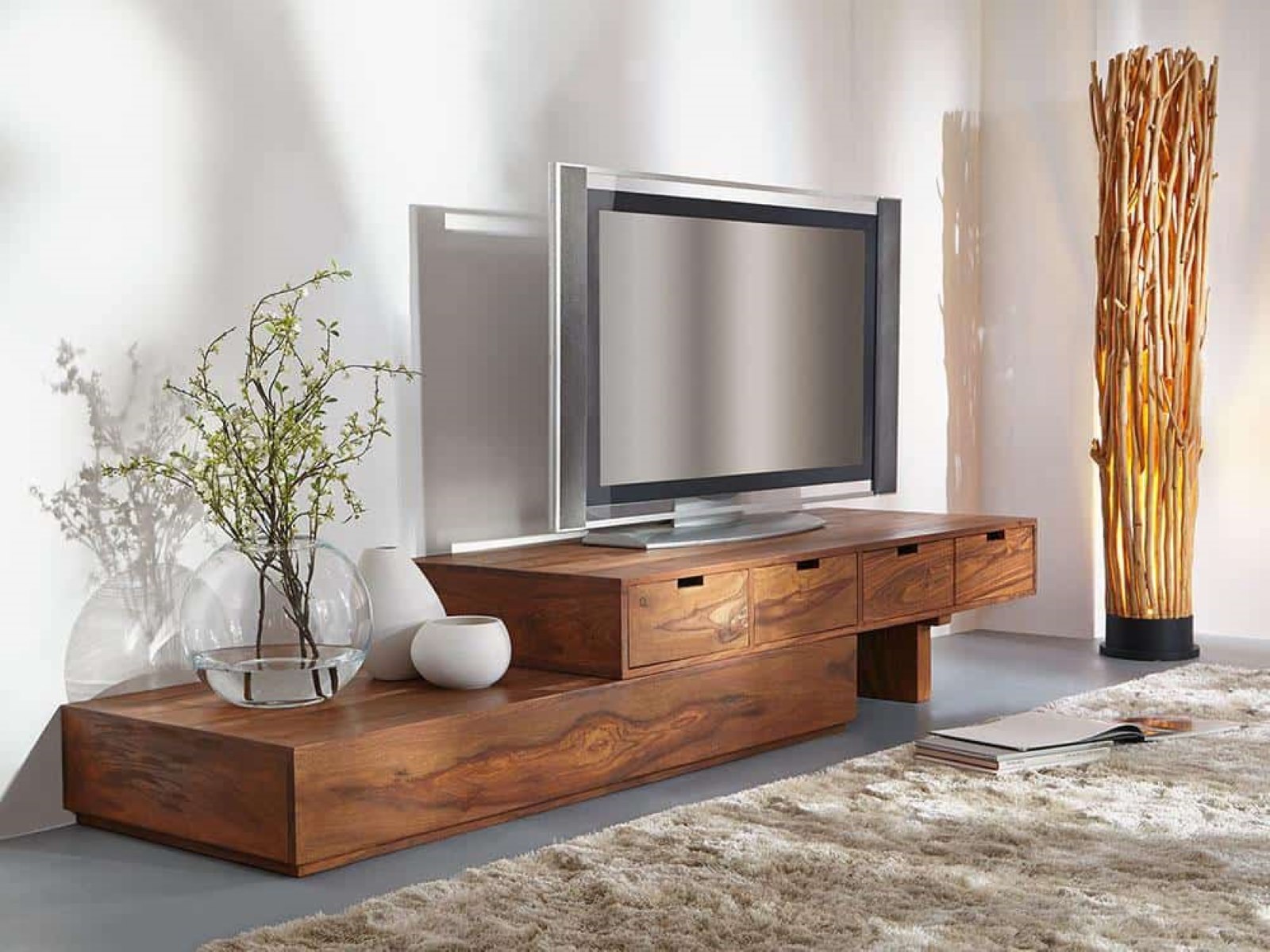

Living Room Furniture
What Can I Use Instead Of A TV Stand?
Modified: March 16, 2024
Looking for alternatives to a traditional TV stand? Explore our wide range of living room furniture options that provide stylish and functional alternatives for your home.
(Many of the links in this article redirect to a specific reviewed product. Your purchase of these products through affiliate links helps to generate commission for Storables.com, at no extra cost. Learn more)
Introduction
When it comes to setting up your living room, a TV stand is often an essential piece of furniture. It not only holds your television but also provides storage space for various media equipment. However, there may be instances where a traditional TV stand doesn’t fit your needs or aesthetic preferences. Luckily, there are plenty of alternative options available that can serve the same purpose while adding a unique touch to your living room.
In this article, we will explore several alternatives to a TV stand and discuss their benefits and style possibilities. Whether you’re looking to maximize space, achieve a modern look, or repurpose existing furniture, there is an alternative out there that will meet your needs.
So, let’s dive in and explore some of the best alternatives to a traditional TV stand!
Key Takeaways:
- Get creative with your TV stand! Consider using wall-mounted shelving, repurposed furniture, or a decorative ladder to add style and functionality to your living room while showcasing your unique personality.
- Save space and personalize your living room with a DIY TV stand. Build a customized piece that fits your needs and style, adding a touch of creativity and satisfaction to your home decor.
Read more: What Can I Use As A TV Stand
Wall-mounted Shelving
If you’re looking to save floor space and create a sleek, modern look in your living room, wall-mounted shelving is an excellent alternative to a TV stand. Wall-mounted shelves can accommodate your television while providing ample space for displaying decorative items, books, or even media devices.
One of the main advantages of wall-mounted shelving is its versatility. You can adjust the height and spacing between shelves to accommodate different sizes of televisions and other items. Additionally, by choosing shelves with adjustable brackets or floating shelf brackets, you can achieve a customized look that suits your preferences.
When selecting wall-mounted shelving, consider the weight capacity to ensure it can securely hold your television. It’s also crucial to mount the shelves properly, following the manufacturer’s instructions or hiring a professional if needed, to avoid any accidents or damage.
Wall-mounted shelving offers an opportunity to create an organized and stylish display. You can arrange books, plants, or artwork above and below the TV, giving your living room a curated aesthetic. Additionally, incorporating small storage baskets or boxes on the shelves can help keep remotes, cables, and other electronic accessories tidy and within reach.
A bonus benefit of wall-mounted shelving is that it allows for easy cable management. You can run the cables behind the shelves or use discreet cable management solutions to keep them concealed and prevent tangling.
Overall, wall-mounted shelving provides both functionality and a contemporary design element to your living room. It maximizes space, adds storage options, and gives you the freedom to create a personalized display.
Repurposed Furniture
For those who love a creative and eclectic approach to home decor, repurposing furniture as a TV stand can be a great option. This alternative not only adds charm and uniqueness to your living room but also gives a new life to old pieces of furniture.
When repurposing furniture, the key is to choose a piece that is sturdy enough to support your television. Some common furniture items that can be repurposed as a TV stand include dressers, buffets, sideboards, and even old trunks. These items often have ample storage space, making them practical choices for media equipment and accessories.
To transform a piece of furniture into a TV stand, start by measuring your television and ensuring it will fit on top of the chosen item. Consider the height as well, ensuring that the viewing angle is comfortable. If necessary, you can make adjustments by using risers or placing the television on a sturdy platform.
Next, think about the storage capabilities of the furniture piece. Depending on the design, you may need to remove or modify drawers, shelves, or doors to accommodate your media devices and accessories. It’s also important to make necessary cutouts or drill holes at the back of the furniture for cable management.
Repurposing furniture offers endless possibilities for creativity. You can paint the piece in a fresh color to match your living room’s decor or distress it to achieve a rustic look. Adding decorative hardware or knobs can further enhance the aesthetic appeal.
Remember, repurposing furniture as a TV stand not only adds character to your living room but also contributes to sustainability by giving new life to old items. It’s a wonderful way to showcase your creativity and make a statement with your home decor.
Bookshelf
If you’re an avid reader or have a collection of books that you want to display, utilizing a bookshelf as a TV stand is a fantastic alternative. This option combines functionality and style, allowing you to showcase your favorite reads while also serving as a platform for your television.
When selecting a bookshelf as a TV stand, look for a sturdy and substantial piece of furniture that can support the weight of your television. Consider the height and width of the bookshelf, ensuring it can comfortably fit your TV and provide enough surface area for additional media devices.
One of the benefits of using a bookshelf as a TV stand is the ample storage space it provides. You can utilize the shelves to showcase not only your books but also decorative items, such as plants, photo frames, or even small artwork. This adds a personal touch to your living room and allows you to create an aesthetically pleasing display.
Another advantage of using a bookshelf is the flexibility it provides in terms of organization. You can arrange your books by genre, author, or color, creating a visually appealing arrangement. It also allows for easy access to your favorite reads while enjoying your favorite shows or movies.
When setting up your TV on a bookshelf, it’s important to consider cable management. You can utilize the back panel or discreetly run the cables along the edges of the shelves to keep them hidden. Additionally, you may consider using cable ties or clips to secure the cords and prevent them from tangling.
Using a bookshelf as a TV stand not only adds functionality and storage but also creates a cozy and inviting atmosphere in your living room. It allows you to showcase your literary treasures while enjoying your entertainment center.
So, if you’re an avid reader or simply love the look of a well-stocked bookshelf, this alternative is an excellent choice to consider!
Console Table
A console table is a versatile piece of furniture that can be used as a stylish and functional TV stand. With its narrow and elongated design, a console table is perfect for smaller living rooms or spaces where you want to maximize floor space.
When choosing a console table as a TV stand, consider the height and width of the table to ensure it can adequately hold your television. Look for a sturdy table with a solid structure that can support the weight of your TV and any additional media devices.
One of the advantages of using a console table as a TV stand is the additional storage it offers. Many console tables come with drawers, shelves, or cabinets that provide convenient storage space for DVDs, remote controls, and other media accessories. This helps keep your living room organized and clutter-free.
Another benefit of a console table is its versatility in design. You can find console tables in various styles and finishes, allowing you to choose one that complements your living room’s decor. From sleek and modern to rustic and vintage, there is a console table to match any aesthetic.
When setting up your TV on a console table, ensure that the cords and cables are properly managed. You can use cable management solutions to keep the cords hidden and prevent any tangling or tripping hazards.
In addition to serving as a TV stand, a console table can be accessorized to make a design statement. You can adorn it with decorative elements such as lamps, vases, or artwork to create a visually appealing display. This enhances the overall aesthetic of your living room while providing a practical space for your television.
Overall, a console table is a chic and space-saving alternative to a traditional TV stand. It adds style and functionality to your living room while allowing you to make the most of your available space.
Consider using a bookshelf, console table, or wall-mounted shelves as an alternative to a TV stand. These options can provide storage and display space while also supporting your TV.
Read more: What Can I Use Instead Of Curtains
Floating Shelves
If you’re looking for a minimalist and contemporary alternative to a TV stand, floating shelves are an excellent choice. These shelves are mounted directly on the wall, creating a sleek and streamlined look in your living room.
The main advantage of floating shelves is their versatility. You can customize the number and arrangement of shelves to fit your needs and available wall space. This allows you to create a unique and personalized display for your television and other decorative items.
When installing floating shelves, it’s important to choose a suitable location on your wall. Make sure the wall is sturdy enough to support the weight of the television and other items you plan to place on the shelves. It’s also crucial to follow the manufacturer’s instructions for proper installation.
Floating shelves offer a clean and clutter-free design aesthetic. By hiding the brackets and supports, they create the illusion of items floating on the wall. This minimalistic approach allows your television to become a focal point in the room, while also providing additional space for decorative elements.
One of the benefits of using floating shelves as a TV stand is the flexibility they offer in terms of positioning. You can choose the ideal height for your television, ensuring a comfortable viewing experience. Additionally, you can adjust the spacing between shelves to accommodate media devices, speakers, or other accessories.
To achieve a seamless look, it’s essential to manage the cables properly. You can use cable clips or cord covers to hide the cords and maintain a clean aesthetic. Another option is to run the cables behind the wall, but this may require professional installation and should be done safely and according to building codes.
Overall, floating shelves provide a modern and space-saving solution for your TV stand needs. They add a touch of elegance to your living room while allowing for customization and flexibility in design.
Wall-mounted TV Panel
If you’re looking for a sleek and modern alternative to a traditional TV stand, a wall-mounted TV panel is a fantastic choice. This option allows you to mount your television directly onto the wall, creating a clean and seamless look in your living room.
A wall-mounted TV panel offers several advantages. First and foremost, it saves valuable floor space, making it an excellent option for smaller living rooms or those who prefer a minimalist design. By eliminating the need for a bulky TV stand, you can create a more open and spacious feel in your living room.
When choosing a wall-mounted TV panel, make sure it is compatible with the size and weight of your television. Follow the manufacturer’s instructions for proper installation to ensure a secure and stable mount.
One of the key benefits of a wall-mounted TV panel is the ability to hide unsightly cables and wires. Many TV panels come with built-in cable management systems, allowing you to neatly conceal the cords behind the panel. This not only improves the appearance of your living room but also reduces the risk of tripping hazards.
Wall-mounted TV panels often include additional storage options. Some panels feature shelves or cabinets where you can place media devices, DVDs, or other accessories. This not only adds functionality but also provides a stylish way to organize your entertainment equipment.
A wall-mounted TV panel can also be a design statement in itself. You can choose a panel with a sleek and modern design, or opt for one with decorative elements to match your living room’s aesthetic. Some panels even offer the flexibility to rotate or angle the television for optimal viewing from different areas of the room.
Overall, a wall-mounted TV panel offers a contemporary and space-saving alternative to a traditional TV stand. It creates a streamlined and sophisticated look in your living room while providing storage and cable management solutions.
Decorative Ladder
If you’re looking to add a touch of rustic charm to your living room while creating a unique alternative to a TV stand, a decorative ladder can be the perfect choice. A decorative ladder provides a stylish and unconventional way to display your television and other media devices.
When using a decorative ladder as a TV stand, it’s important to ensure that the ladder is sturdy and properly secured. Consider the height and width of the ladder to ensure that it can accommodate your television’s size and weight.
One of the advantages of using a decorative ladder is the flexibility it offers in terms of adjusting the height and positioning of your television. You can easily move the ladder closer or farther from the wall to achieve the desired viewing angle.
Additionally, a decorative ladder allows for ample storage space. Utilize the rungs of the ladder to hold media devices, remote controls, or even decorative baskets or boxes to store smaller items. This adds functionality and keeps your living room organized.
Aside from functionality, a decorative ladder can also enhance the overall aesthetic of your living room. Choose a ladder that complements your home’s style, whether it’s a vintage, rustic, or modern look. You can leave the ladder in its natural state or paint it in a color that matches your decor.
When setting up your TV on a ladder, ensure that the cords and cables are properly managed for safety and a clean appearance. Run the cables along the ladder’s rungs or use cable ties and clips to secure them and prevent tangling.
A decorative ladder as a TV stand adds character and a unique focal point to your living room. It brings a sense of warmth and creativity while offering a functional and unconventional display platform for your television.
Entertainment Center
For those looking for a comprehensive and organized solution to house their television and media equipment, an entertainment center is an ideal alternative to a traditional TV stand. An entertainment center provides a dedicated space to store and display your television, audio equipment, gaming consoles, and more.
When choosing an entertainment center, consider the size and style that best suits your living room. These versatile units come in various sizes, ranging from compact designs for smaller spaces to expansive units that can accommodate large televisions and offer ample storage.
An entertainment center typically features a sturdy and spacious cabinet or console to hold your television. This cabinet often includes shelves or compartments behind closed doors, allowing you to store media devices, DVDs, game consoles, and other accessories out of sight when not in use.
One of the primary benefits of an entertainment center is its ability to organize and conceal cables and wires. Many entertainment centers incorporate cable management systems, keeping your cords neatly organized and preventing tangles or clutter.
Aside from functionality, an entertainment center can enhance the aesthetic appeal of your living room. You can choose a unit that matches your existing decor, whether it’s a sleek and modern design or a more classic and traditional style. Some entertainment centers even offer built-in lighting features for added ambiance.
With an entertainment center, you have the flexibility to personalize the display and storage options. You can arrange your media devices, speakers, and accessories to create a cohesive and visually pleasing setup. Additionally, you can decorate the shelves with books, plants, or decorative items to add character and charm to your living room.
An entertainment center is an all-in-one solution that provides functionality, storage, and style. It offers a clean and organized way to house your television and media equipment, ensuring that everything is within reach while keeping your living room clutter-free.
Read more: What Can I Use Instead Of A Protractor
DIY TV Stand
If you’re feeling creative and enjoy a hands-on approach to home decor, a DIY TV stand is a fantastic alternative to a store-bought option. Building your own TV stand allows you to customize the design, size, and materials to meet your specific needs and style preferences.
When embarking on a DIY TV stand project, start by determining the dimensions and weight capacity required for your television. This will help you choose the appropriate materials and ensure that the stand is sturdy enough to support your TV.
There are endless possibilities when it comes to the design of a DIY TV stand. You can repurpose existing furniture, such as an old dresser or cabinet, and modify it to accommodate your television. Another option is to build the stand from scratch using materials like wood, metal, or even concrete for a modern industrial look.
If you’re new to DIY projects, there are plenty of online tutorials, plans, and inspiration available to guide you through the process. These resources provide step-by-step instructions and helpful tips to ensure a successful project.
When building your own TV stand, consider incorporating storage solutions that suit your needs. You can include shelves, drawers, or compartments to hold media devices, DVDs, and other accessories. Cable management is also an important aspect to consider, ensuring that you can keep cords tidy and hidden.
Building a DIY TV stand allows you to add a personal touch to your living room. Whether it’s staining or painting the stand to match your decor or adding unique hardware and design elements, you have the freedom to create a one-of-a-kind piece.
It’s important to remember that safety should always be a priority when undertaking a DIY project. Use appropriate tools and techniques, follow safety guidelines, and seek professional assistance if needed.
By building your own TV stand, you not only create a functional piece of furniture but also have the satisfaction of completing a unique and customized project. It’s a great way to showcase your creativity and craftsmanship while adding a personalized touch to your living room.
Frequently Asked Questions about What Can I Use Instead Of A TV Stand?
Was this page helpful?
At Storables.com, we guarantee accurate and reliable information. Our content, validated by Expert Board Contributors, is crafted following stringent Editorial Policies. We're committed to providing you with well-researched, expert-backed insights for all your informational needs.
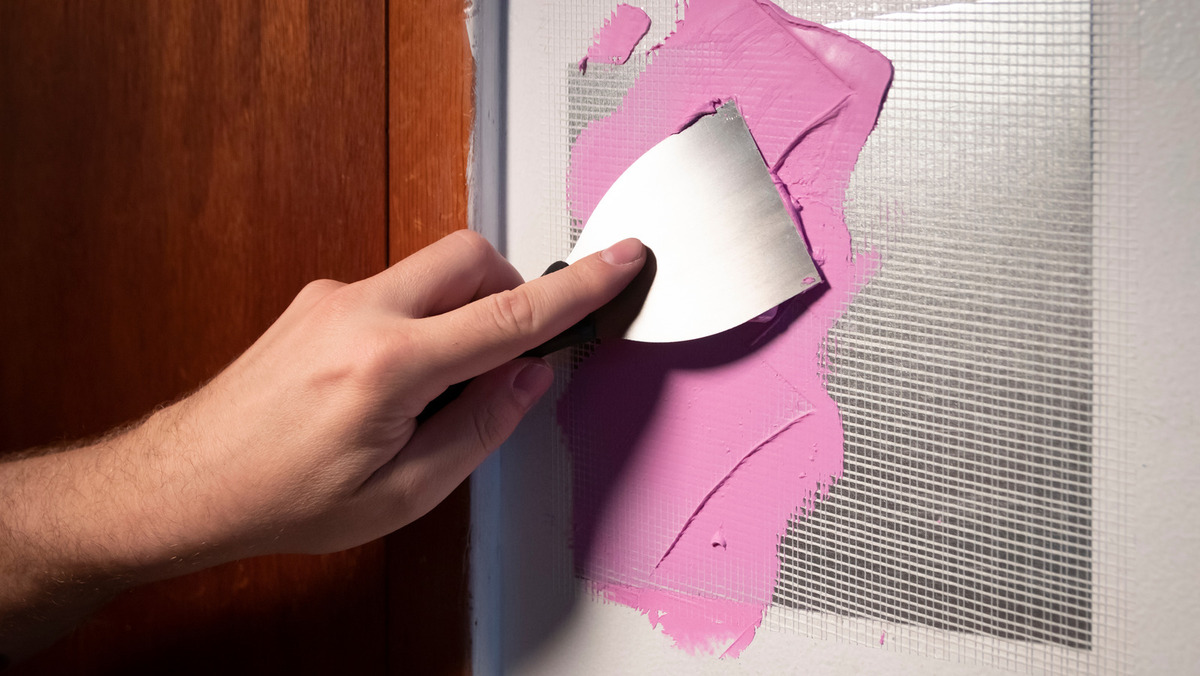

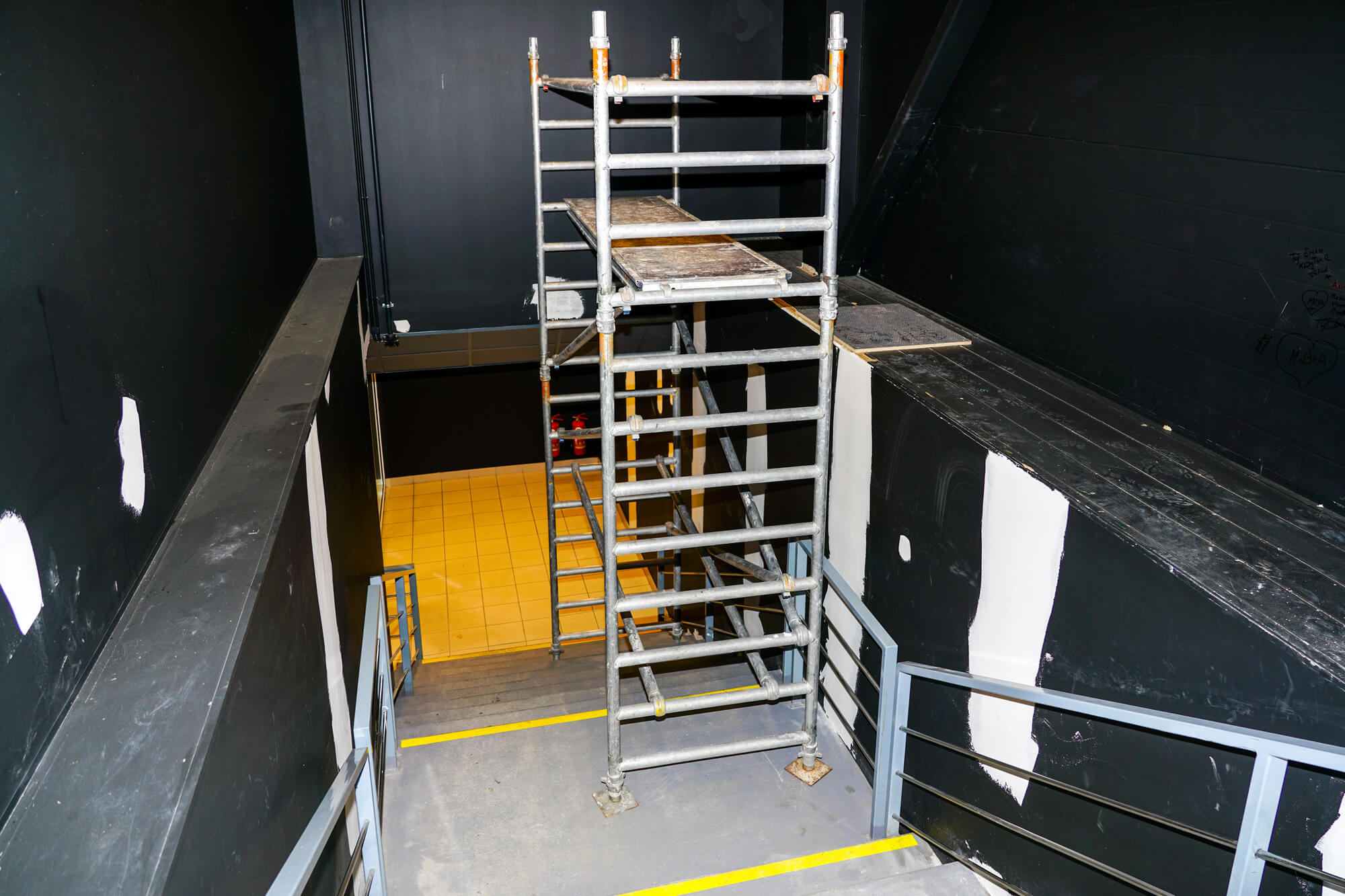
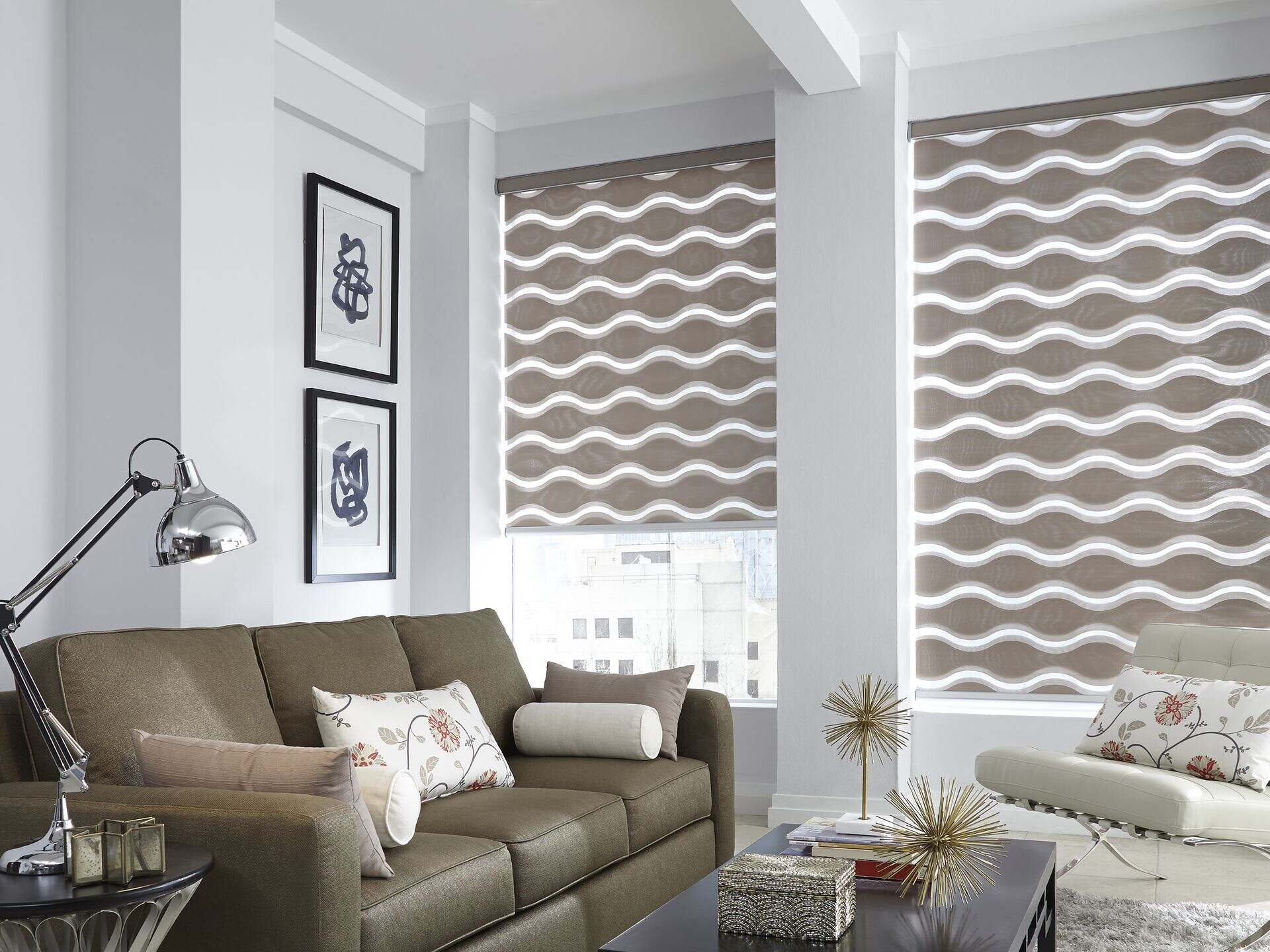
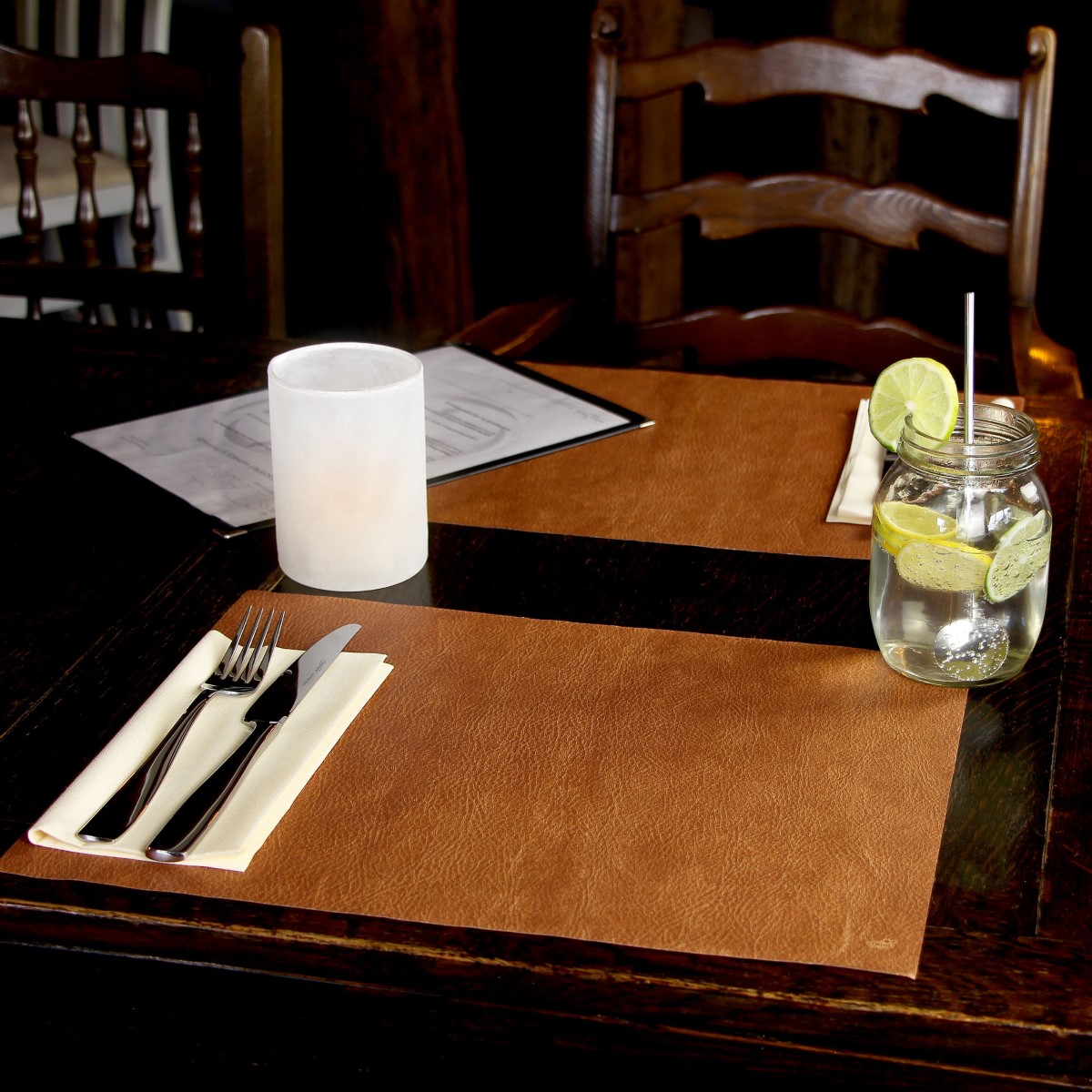

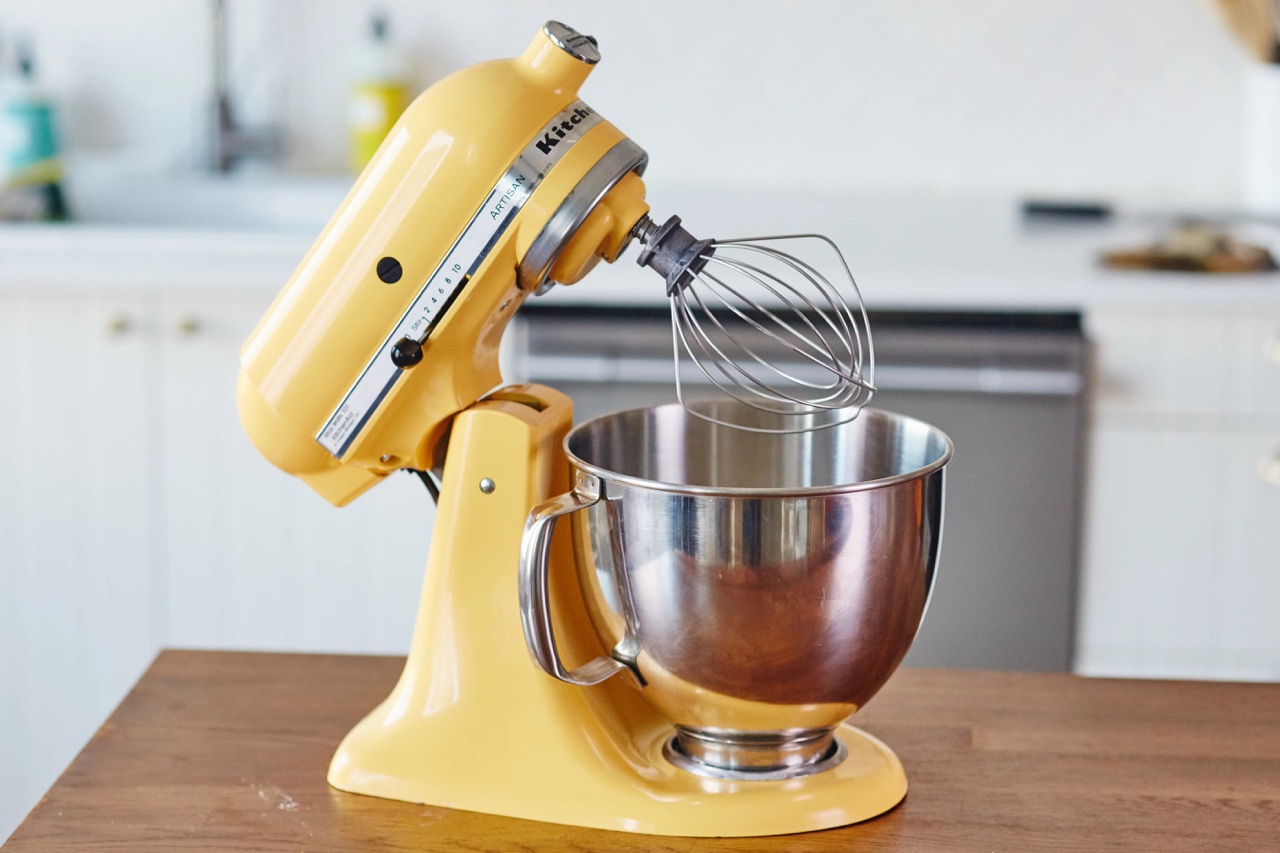
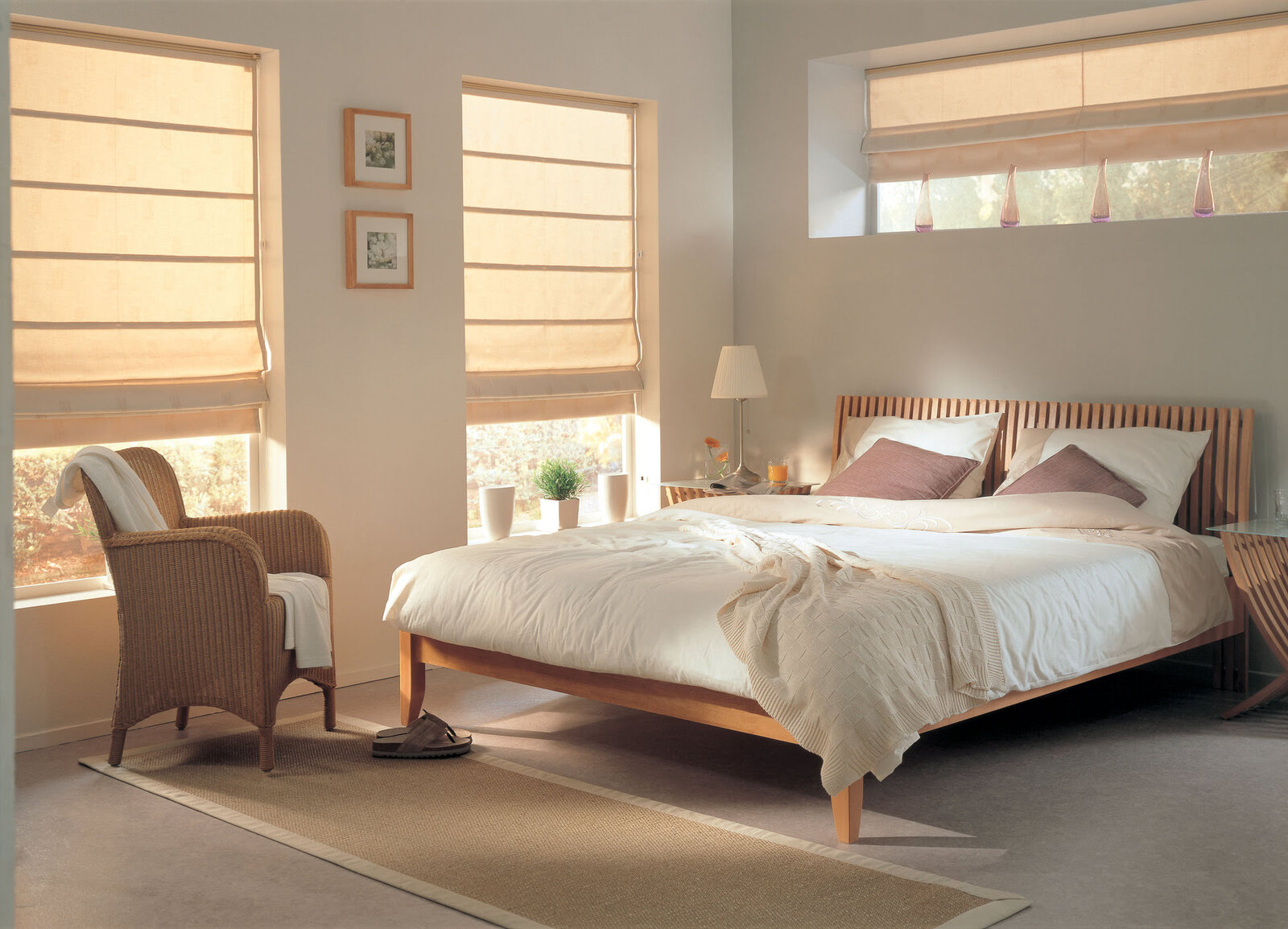


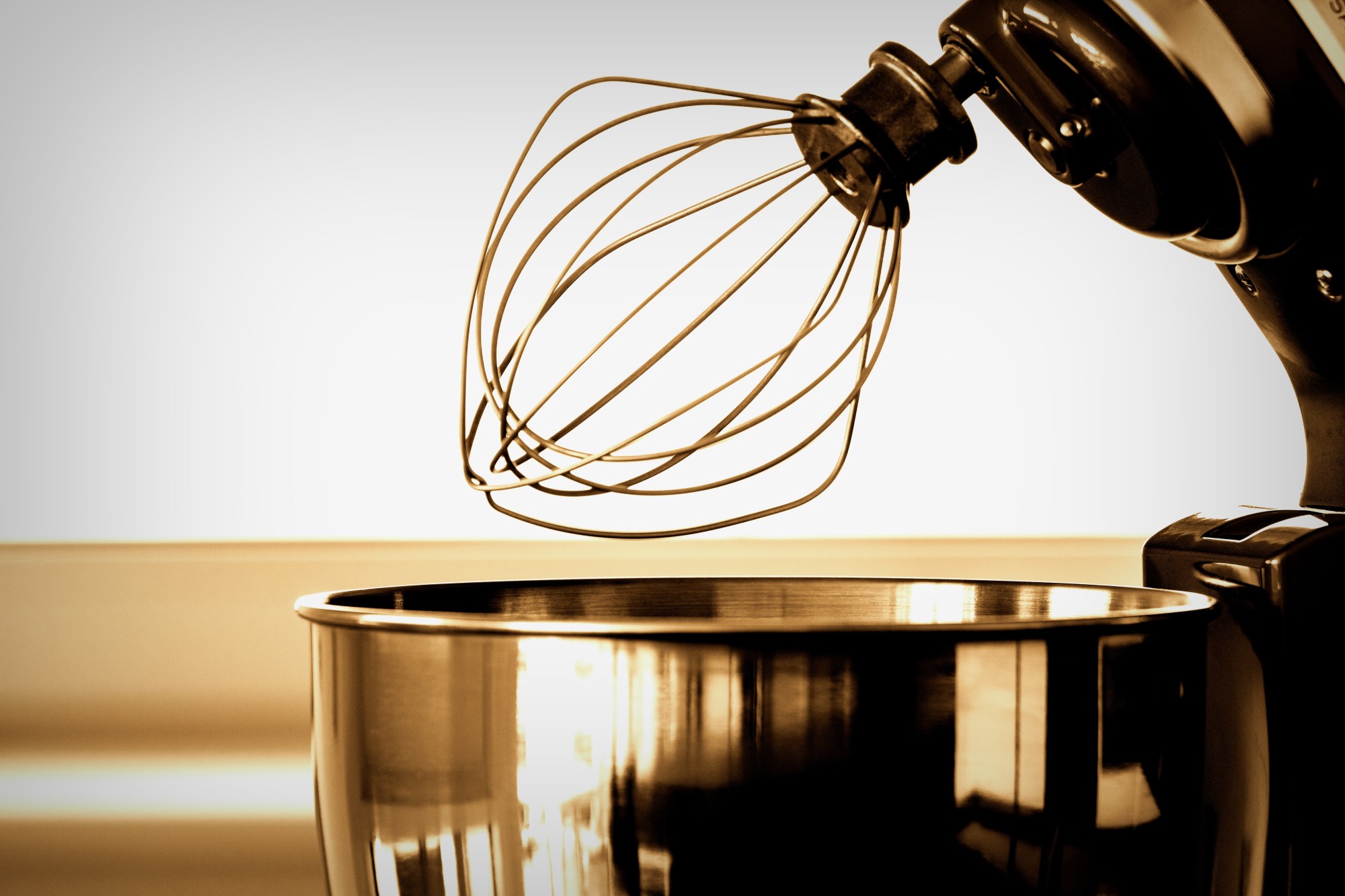

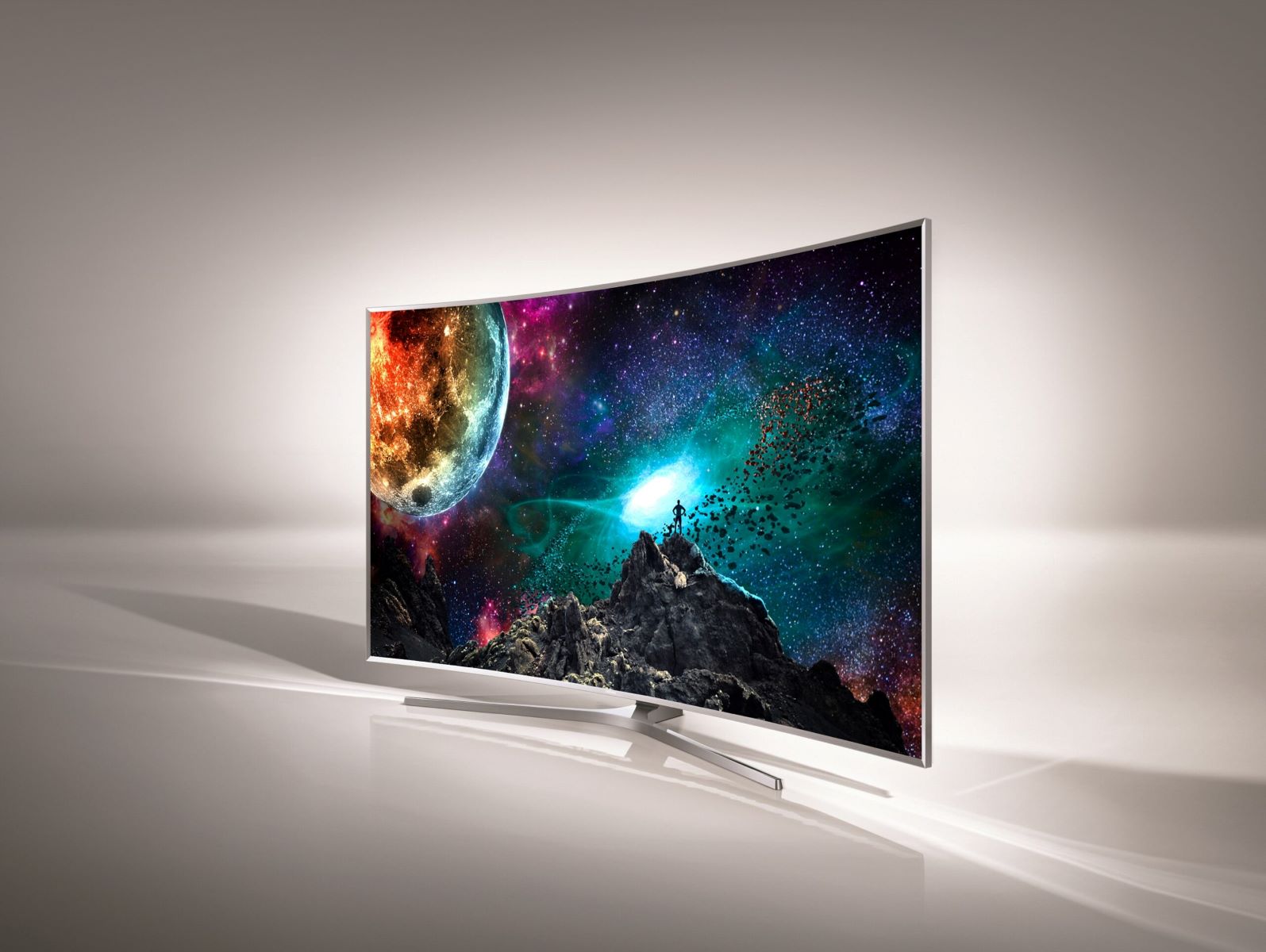

0 thoughts on “What Can I Use Instead Of A TV Stand?”